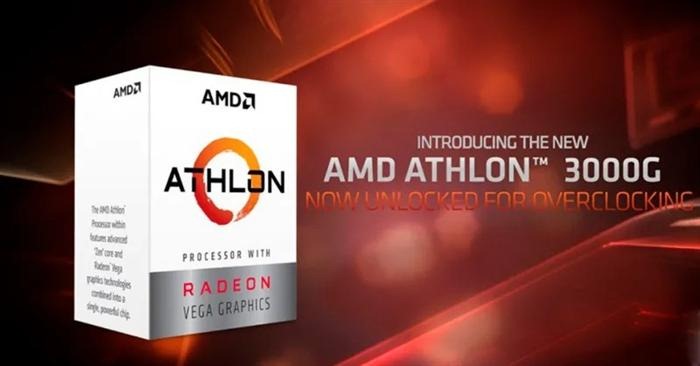
An overclocker has managed to beat the world frequency record for the AMD Athlon 3000G processor. This person has managed to raise the frequency of the processor to more than impressive 5 GHz. Thanks to the processor has multipliers unlocked. This new record exceeds the previous existing record by more than 200 MHz. And it confirms what AMD has always commented on the simplicity to overclock the Athlon 3000 series processors.
Although today users tend to overclock with mid-range and high-end processors. This is not what the overclock was born for. This practice was born, more focused on the low-end processors. Since the first who were interested in it, were users with few financial resources. They used to buy low-priced processors and, thanks to the overclock, were able to increase their performance to levels similar to the higher ranges.
The AMD Athlon 3000G is a processor that falls fully into this category of low price (and performance) models. It is a processor with only 2 cores, with 4 threads thanks to having the SMT activated. It is a fairly modest performance processor. Given that its maximum frequency is 3.5 GHz. However, since it was launched, AMD has been saying that raising it to 3.9 GHz would be very simple. And it seems that the facts would seem to prove it, according to the results that can be seen.

As you will remember, the AMD Athlon 3000G is an APU processor. It incorporates an integrated Radeon Vega 3 graphics card. But its internal configuration has nothing to do with the AMD Zen 2 architecture. Instead, this processor is based on the previous internal architecture, the AMD Zen+. Which means that it does not have the benefits of using a 7 nm architecture, but uses the old 12 nm architecture? But, being such a “trimmed” processor, its TDP is only 35 W.
Even so, in order to reach 5 GHz, Bilko (which is the name of the overclocker that has achieved the new record) has been forced to use liquid nitrogen. Since, to get there, you have had to increase the Vcore to a few 1.68 V steamers. This, if we remember that AMD advised against exceeding 1.35 V for overclocks in the Zen + architecture.
Therefore, we are not facing an overclock that is useful. It is more one of the type “bragging rights” than anything else on the part of the overclocker. Even so, it is still quite impressive that a processor of only 53 euros, is able to reach those frequency figures. Especially, if we take into account that his older brothers cannot even get close to 5 GHz. Although it also plays a very important role in this, the processor has only two active cores.
Having so few active cores, the processor heats up much less. With what is simpler to make it work at a Vcore as tremendously high as those 1.68 V. That, in any other model with more cores, would suppose the immediate death of the processor. For much liquid nitrogen that is used to refrigerate it.
